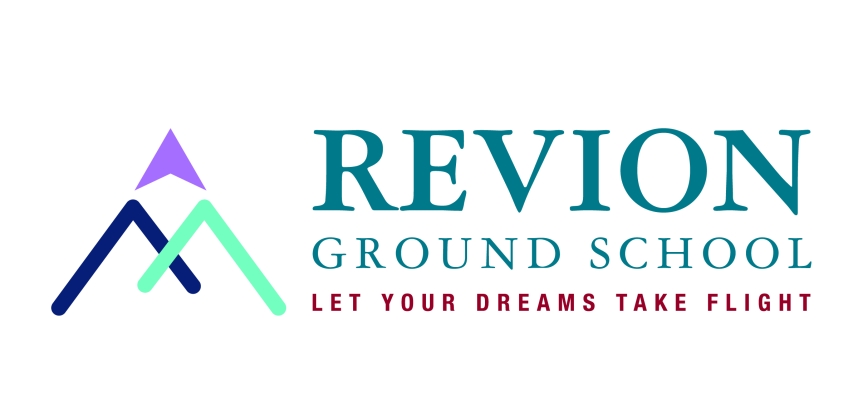Women in Aviation – Singapore interviewed Ms. Sarah Kalmeta (right). A professional in the business aviation industry, she is the regional director of operations at APAC at Universal Weather and Aviation Inc. Furthermore, Ms. Kalmeta is in the board of governors for the Asian Business Aviation Association (AsBAA).
As a ‘woman in aviation’, Ms. Kalmeta kindly participated in an interview, sharing with us her background, and highlighting the gender imbalance in the aviation industry.
What sparked your interest in business aviation?
I have always had a passion for aviation; my very first words were for star and airplane! Growing up I was part of the Civil Air Patrol while living in Arizona, learning about aviation and search and rescue missions. I have always had a knack for business, so when the Business Aviation program was introduced at Embry-Riddle Aeronautical University’s Prescott campus it was a natural fit.
There are so many areas/fields in the aviation industry. Yet, there is a gender imbalance. As a member of the aviation community and as a female, could you address the common misinterpretations females outside the industry have, and how these misinterpretations may arise?
Women’s rights have been steadily increasing over the years, and the workforce is about a 50/50 split worldwide, yet aviation (and other industries) still see an imbalance. As women started leaving the stay-at-home-mum role behind and entered the workforce, they typically took on administrative or customer service roles and left the men to the fields that required more manual labour or more specialised skillsets. A lack of university education for women contributed to this norm, as well as the fact that women were still responsible for taking care of the children once home. This norm is changing and in many universities today there are more females enrolled than males and men are more active in rearing their children. Most commonly the general public will think of airports and airlines when they think of aviation. A lot of the industry is forgotten/not considered by the average person. However, when the average person DOES think about aviation they usually consolidate the roles into: pilot, engineer, flight attendant, airport check in staff, baggage handlers, and security. Traditionally the majority of these roles have been performed by men, with the exception of airport check in staff and some security. The 70s saw young men wanting to become pilots and young women wanting to be flight attendants and was considered to be a glamorous job. Traditionally these are the gender stereotypes assigned to these aviation roles, however, today’s world sees male flight attendants and female pilots, with the number of female interest in the industry growing each year. When I went to ERAU, the student body was 90% male and 10% female at the Prescott campus, and now it is about 75% male and 25% female. The perceptions are slowly changing. Since I’ve joined AsBAA I have seen many examples of women in leadership positions within business aviation. June 2017 saw the members vote in Jenny Lau, the Founder and President of Sino Jet, as AsBAA’s new chairperson. Several other women sit in leadership positions both within AsBAA on the Board of Governors as well as within their respective companies. This shows that the norm is changing and that there are fewer barriers for women in aviation.
Is there anything you would like to say to all those aspiring female aviators out there?
Stay focused, stay excited, stay passionate. Do not lose sight of your dreams or let the challenges aviation presents allow you to stumble. Be tenacious and work hard. Push your limits and constantly expand your knowledge base and network. Find a mentor and learn from them. Let your abilities speak for themselves and you will soar the skies. To learn more from other inspiring female leaders in our industry, please follow our AsBAA in Action Women in Aviation article each month. You can find the Oct 2017 edition here:
http://asbaa.org/asbaa-action-october-2017/
By Andrew Abeysekera



